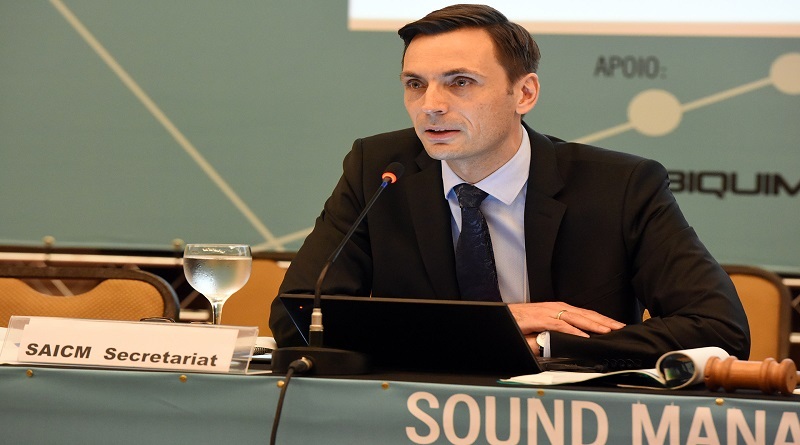New study reveals elevated levels of mercury in women of child bearing age in Pacific Island countries

A new study released on Wednesday April 19, 2017, supported by the Minamata Convention’s Interim Secretariat hosted by UN Environment reveals that women of childbearing age living in four Pacific Island countries have elevated levels of mercury in their bodies. Mercury monitoring in women of childbearing age in the Asia and the Pacific Region, jointly conducted by the interim secretariat of the Minamata Convention, Biodiversity Research Institute (BRI), and the global NGO network IPEN, examined hair samples from women aged 18 -44 from Cook Islands, Marshall Islands, Tuvalu, and Kiribati, and two landlocked Asian countries, Tajikistan and Nepal. The study found 96 percent of the women sampled from the Pacific Islands contained significantly elevated hair mercury levels. Researchers hypothesized that the Pacific Island participants may have a higher mercury body burden than other locations due to their relatively high consumption of predatory fish species shown to have elevated mercury concentrations in previous studies “Mercury has been recognized as a substance of global concern, with impacts on vulnerable populations,” said Jacob Duer, Principal Coordinator of the Minamata Convention’s Interim Secretariat. “Our results show why global action to prevent mercury releases through the Minamata Convention is so important.” In contrast to the Pacific Islands, samples from Tajikistan, where fish consumption is very low, had the least amount of mercury overall, with an average level of .06 ppm. In Nepal, elevated mercury levels were found in women with a low fish diet, but worked making gold-plated religious idols using mercury. “This study underscores the importance of biomonitoring mercury pollution,” said David Evers, PhD, executive director and chief scientist at BRI and co-author of the study.
Read More:

